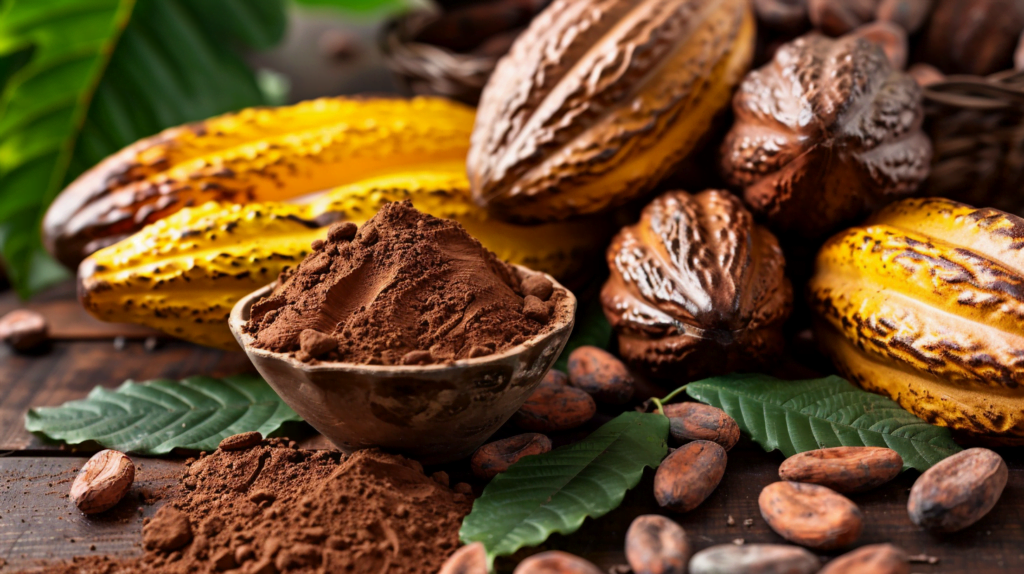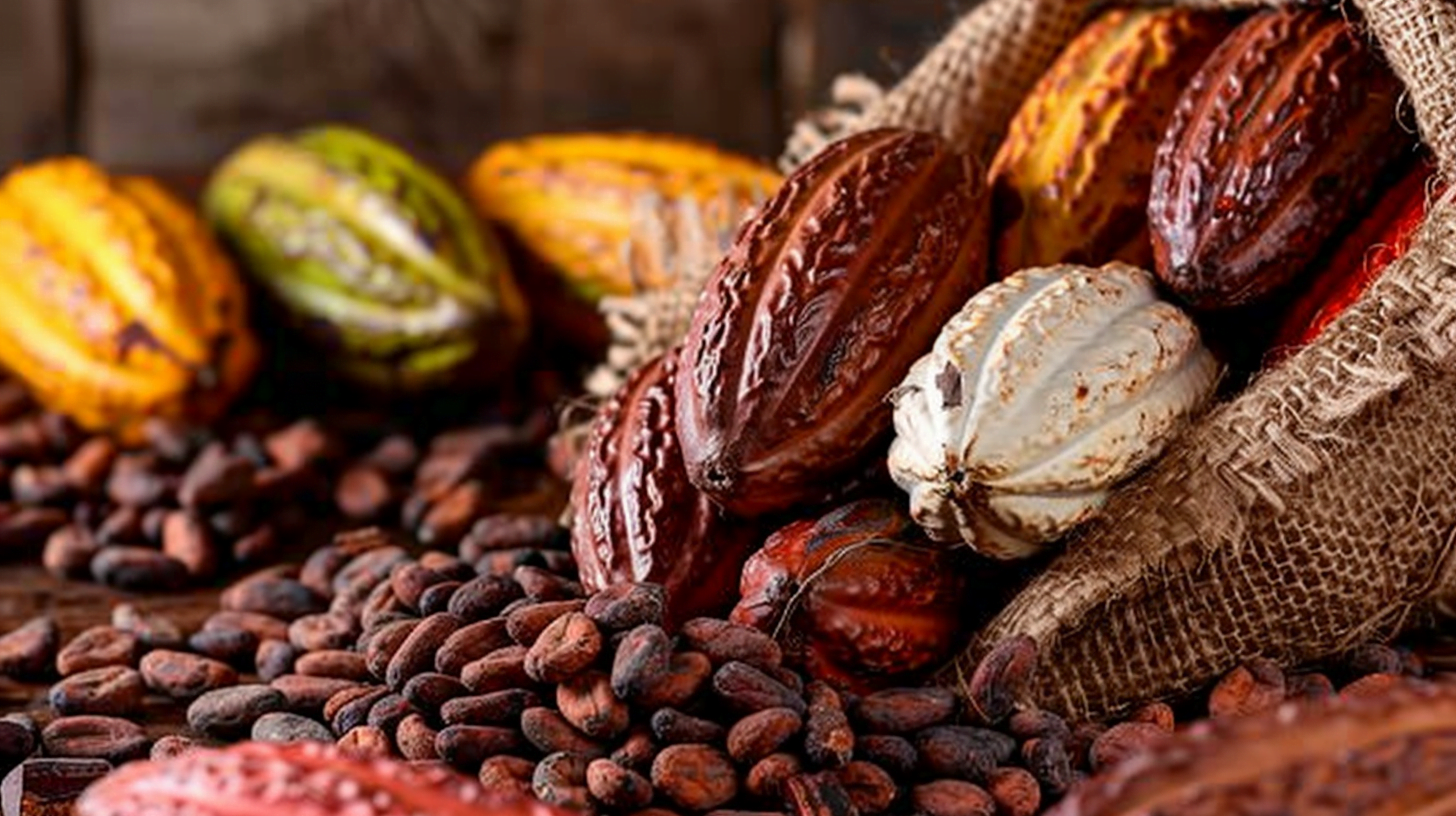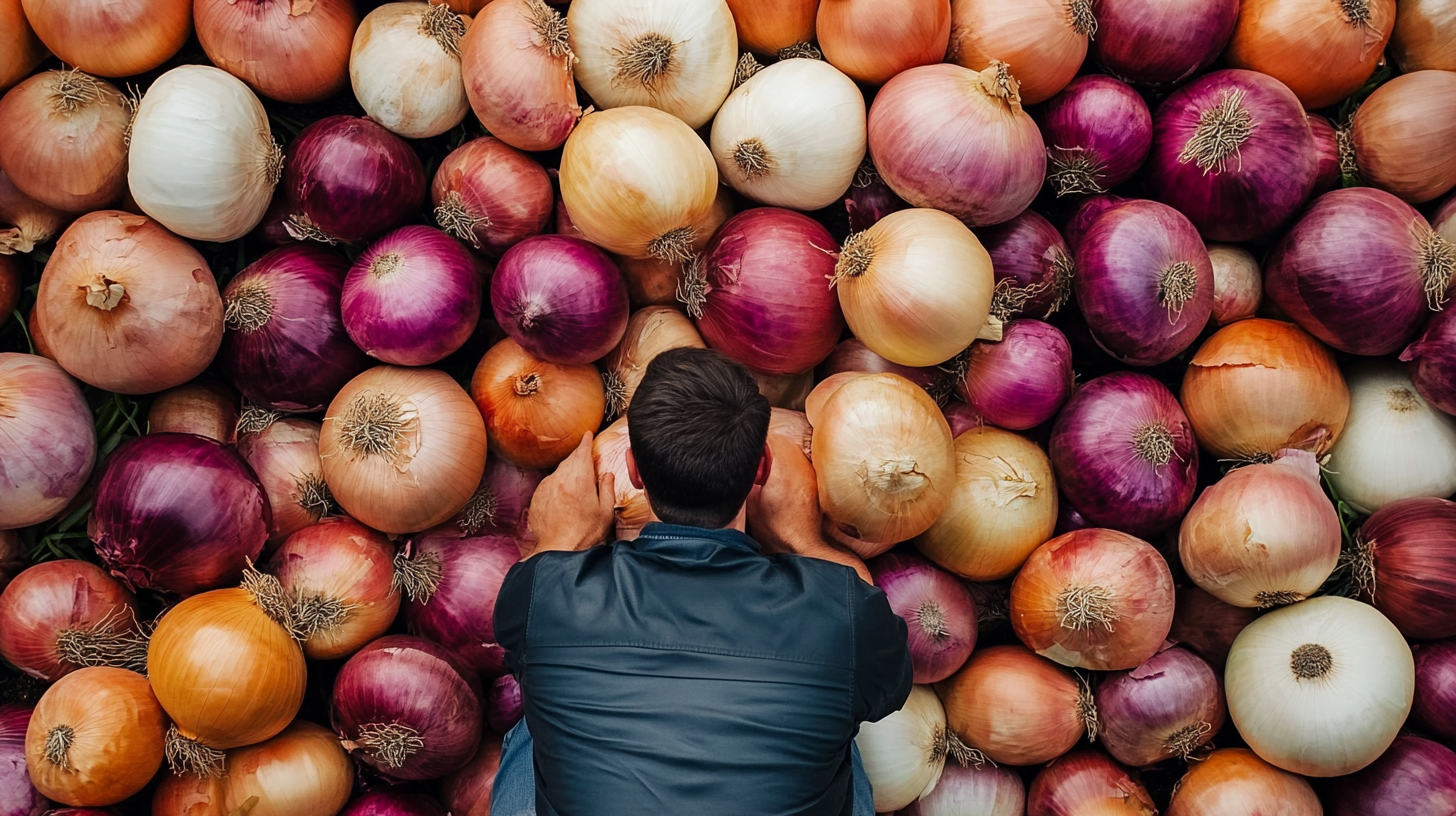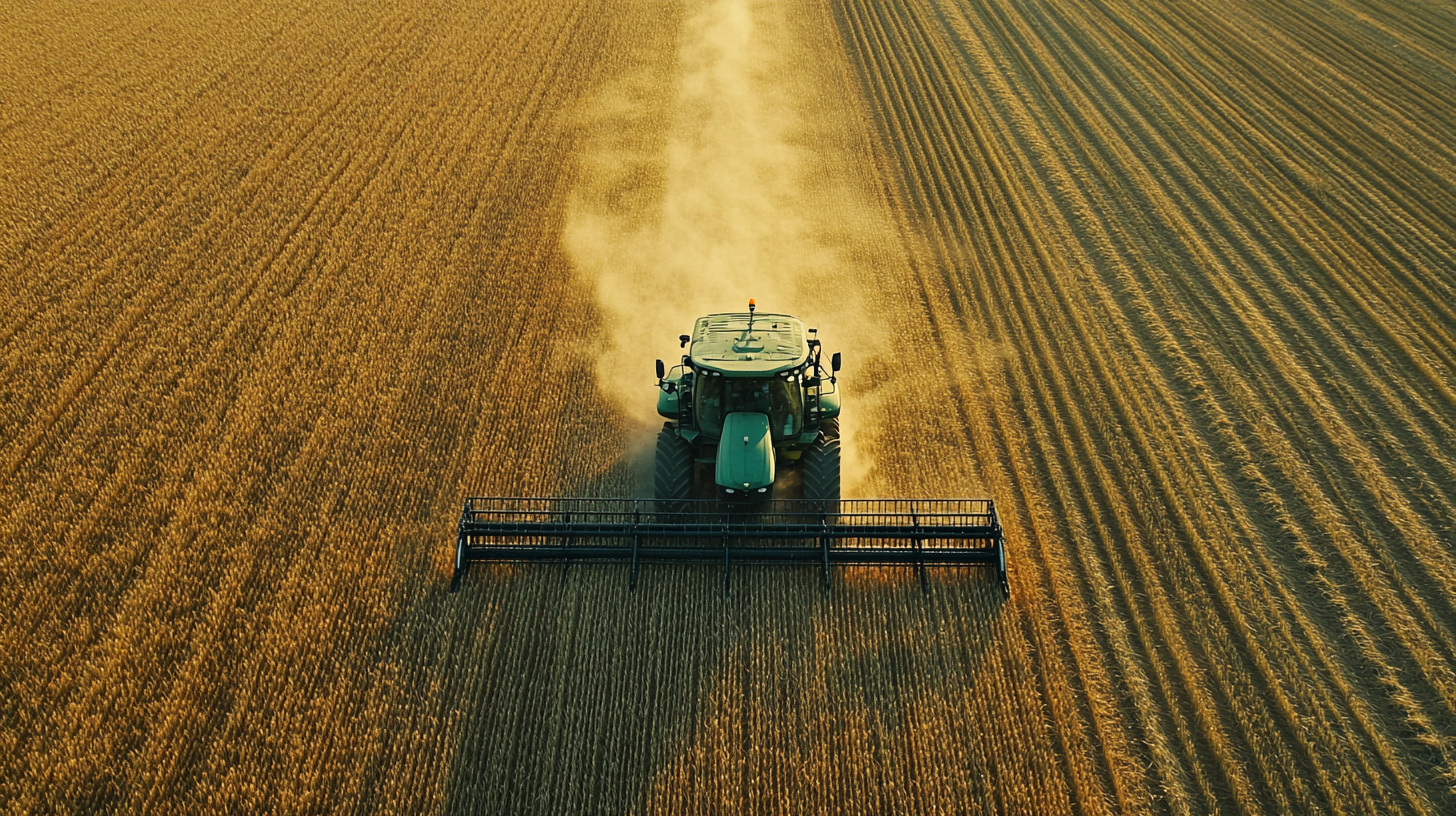Cocoa beans are the essential ingredient for making chocolate. Over 4 million tons of cocoa are produced globally each year to satisfy the world’s sweet tooth. But where do all these tasty cocoa beans come from and which country produces the most cocoa? With chocolate’s popularity spanning the globe, you might expect cocoa to be grown in many countries. However, the truth is that cocoa production is concentrated in just a handful of tropical regions along the equator.
Where Cocoa Trees Originated and Thrive
The cacao tree, the source of cocoa beans, originated in the Amazon and Orinoco basins of South America. Centuries ago, cacao was domesticated and introduced to Central America and Mexico, where it was an integral part of Mayan and Aztec cultures and commerce.
Today, while cacao trees grow in tropical regions around the world between 20°N and 20°S of the equator, over 70% of the global supply comes from Africa. Cocoa thrives in hot, rainy equatorial climates with nutrient-rich soil. The ideal conditions for cacao trees include:
- Average temperatures between 70-100°F
- Annual rainfall over 40 inches/year
- Shelter from wind and direct sun
- Nutrient-rich soil
- Elevations under 2000 feet
Many of the leading cocoa producers are located relatively close to the equator, where these requirements for high quality cocoa can be met.
| Country | Location Relative to Equator |
|---|---|
| Ivory Coast | Between 4°N and 11°N |
| Ghana | Between 4°N and 11°N |
| Indonesia | Between 6°N and 11°S |
| Nigeria | Between 4°N and 14°N |
| Brazil | Between 5°N and 33°S |
| Ecuador | Between 2°N and 5°S |
Ivory Coast – Leader in Cocoa Production
When it comes to countries producing the most cocoa, Ivory Coast dominates, providing over 40% of total global production. In the 2020/2021 growing season, Ivory Coast produced over 2.1 million metric tons of cocoa beans. The country surpassed Brazil as the leading producer in 1978 and has maintained its status as #1 since then.
Several key factors contribute to Ivory Coast’s massive cocoa output:
- Ideal tropical climate: Ivory Coast has an equatorial climate perfect for cacao trees, with 60-80 inches of rainfall yearly.
- Significant land area for cultivation: Ivory Coast has a land area of 124,000 square miles, providing substantial arable land for cocoa farming.
- Long experience cultivating cocoa: Farmers have harvested cocoa since the 1920s and have inherited generations of cultivation knowledge.
- High-quality and high-yielding cocoa varieties: Farmers mainly grow Forastero and Criollo cocoa plants, providing larger bean size and aromatic flavors.
- Government investment in the sector: The government supports the cocoa sector with initiatives like subsidized fertilizer and training programs.
Additionally, improved farming techniques like pruning, grafting, and pollination have increased yields for Ivorian cocoa over time. With ideal natural advantages and consistent productivity growth, Ivory Coast looks set to retain its rank as the #1 cocoa producing country.

Other Major Cocoa Producers
While Ivory Coast leads global production by a wide margin, several other countries make vital contributions to the world’s cocoa supply:
- Ghana – In second place behind Ivory Coast, Ghana produced over 800,000 tons of cocoa in 2020/2021, amounting to approximately 20% of total world production. Ghana benefits from an equatorial climate, ongoing industry investments, and local processing into cocoa powder, butter, and chocolate.
- Indonesia – Currently third in cocoa bean output with 16-17% of global supply, Indonesia produces around 760,000 tons per year. With government support for cultivation, Indonesia is expected to potentially overtake Ghana for the #2 position within a few years.
- Nigeria, Cameroon, Brazil, Ecuador – Ranging between 150,000 to 400,000 tons of annual production, these countries each supply 3-8% of global cocoa. They benefit from proximity to the equator and long cocoa farming traditions.
The Cocoa Supply Chain and Its Economic Impacts
While equatorial regions clearly dominate cocoa production, the path from cocoa farms to chocolate factories spans the globe. Over 90% of cocoa is grown on small, family-owned farms under 5 hectares in size. Farmers sell raw beans to local traders, who aggregate and export the beans to manufacturers overseas.
The supply chain involves:
- Smallholder farmers
- Local traders and cooperatives
- Export companies
- Chocolate manufacturers
- Retail distributors
For producing countries, cocoa can provide income for hundreds of thousands of small farmers, but there are economic challenges as well:
- Unstable world prices – Cocoa is traded as a commodity, causing prices to fluctuate and farmers’ income to vary.
- Low farmgate prices – Farmers often receive only 3-6% of final chocolate prices.
- Over-reliance on cocoa – Countries like Ivory Coast depend too heavily on cocoa, leaving them vulnerable to price drops.
- Child labor concerns – An estimated 2 million children work in hazardous conditions on African cocoa farms.
Certifications like Fairtrade aim to provide a guaranteed minimum price for farmers and combat child labor abuses. But ultimately, helping equatorial developing nations fully benefit from their vital role supplying cocoa to the world remains an ongoing need.
The Future of Cocoa Production
Ivory Coast will likely continue dominating cocoa production in the years ahead. But climate change poses a threat if rising temperatures and altered rainfall patterns disrupt cocoa cropping cycles. Cocoa farmers everywhere must increasingly focus on sustainability practices to protect long-term productivity.
Meanwhile, developing countries closer to the equator like Indonesia and Papua New Guinea are still working to increase yields and boost their cocoa output potential. With global demand for chocolate projected to keep rising, effectively supporting cocoa farming worldwide will be crucial to satisfy the world’s appetite for chocolate.



